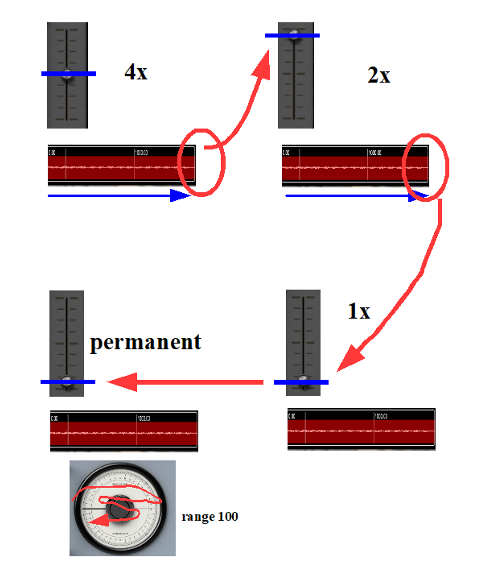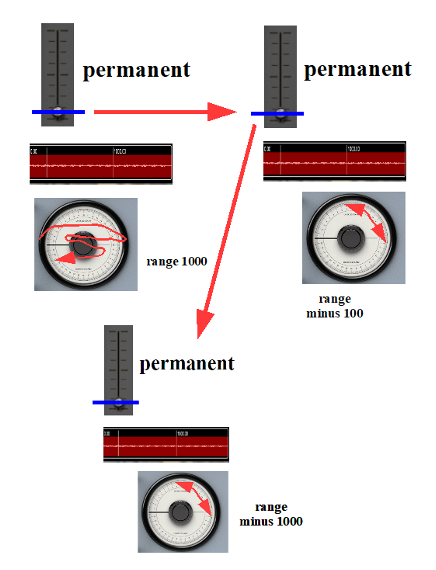The cradles of electronic music part 7
(excerpt from my e-book “New Concepts for Music and Sound”: https://www.dev.rofilm-media.net/node/537)
Experiment 2
Experiment two now. This time it´s not about certain notes nor melodies nor anything serial. This time it´s about timbre, sound and pitches.
I took a recording of a clarinet and of a mandolin, both playing the same note (A3). It´s a free recording made by the London Symphonic Orchestra. I layered the sounds and cut a short piece out of it, loaded it into a Loopionix (Berna 3), changed the speed, and sent the result through the Frequency Shifter (Berna 3). While recording the Frequency Shifter´s output I manually change the frequency shift. I made a couple of these recordings always using another tape speed and another frequency range.
This s second experiment is about composing timbre and sound more than about composing individual tones and their sequences. It´s about how changes in pitch change the timbre and the “atmosphere” of what we hear. And it´s about how different kinds of pitch changes influence this “atmosphere” in different ways. Changing the pitch by changing the speed of the tape (the Loopionix) causes different sonic emotions than sweeping across certain pitch ranges using the Frequency Shifter.
The following graphics show the composition as it is so far:

After looping the recording four times at original speed the speed jumps up to nearly maximum at the end of the fourth repetition where it stays for 2 loops. At the end of the second of these high speed repetitions the speed falls down to near zero. After one whole loop at this low speed the Frequency Shifter starts doing its work (the speed of the Loopionix doesn´t change any more). The frequency is shifted from zero shift to maximum shift, then back to about 1 quarter up the scale then going up again to about 3 quarters up the scale and ends a bit below 1 quarter up the scale. All of this at a range of 100.
Then the same happens again, but at a range of 1000. Then the Frequency Shifter is switched to DECREASE mode and back to a range of 100 where it wavers around a point about 3 quarters up the scale, which is finally repeated at a range of 1000.

So far the composed part from tape. Now for Ongaku. We have two components in the composed part, the clarinet and the mandolin. Therefore I use two of Ongaku´s agents this time. In the lower panel I switch the randomization of the octaves on (it´s about frequency shifts isn´t it?), as well as the the randomization of the FOLD parameter (it´s about timbre changes, right?). At a rather small room size but long reverb time at a dry/wet relation of about 40% wet /I don´t want the machine to smear it all over the place) and a cutoff frequency of about 60% up the scale (no harsh sounds please) I let the software do its “improvisations”.
(The video showing the whole process is only in the book https://www.dev.rofilm-media.net/node/537))
… to be continued
Cradles_1: https://www.dev.rofilm-media.net/node/507
Cradles_2: https://www.dev.rofilm-media.net/node/511
Cradles_3: https://www.dev.rofilm-media.net/node/512
Cradles_4: https://www.dev.rofilm-media.net/node/517
Cradles_5: https://www.dev.rofilm-media.net/node/531
Cradles_6: https://www.dev.rofilm-media.net/node/541
Cradles_8: https://www.dev.rofilm-media.net/node/546

Add new comment